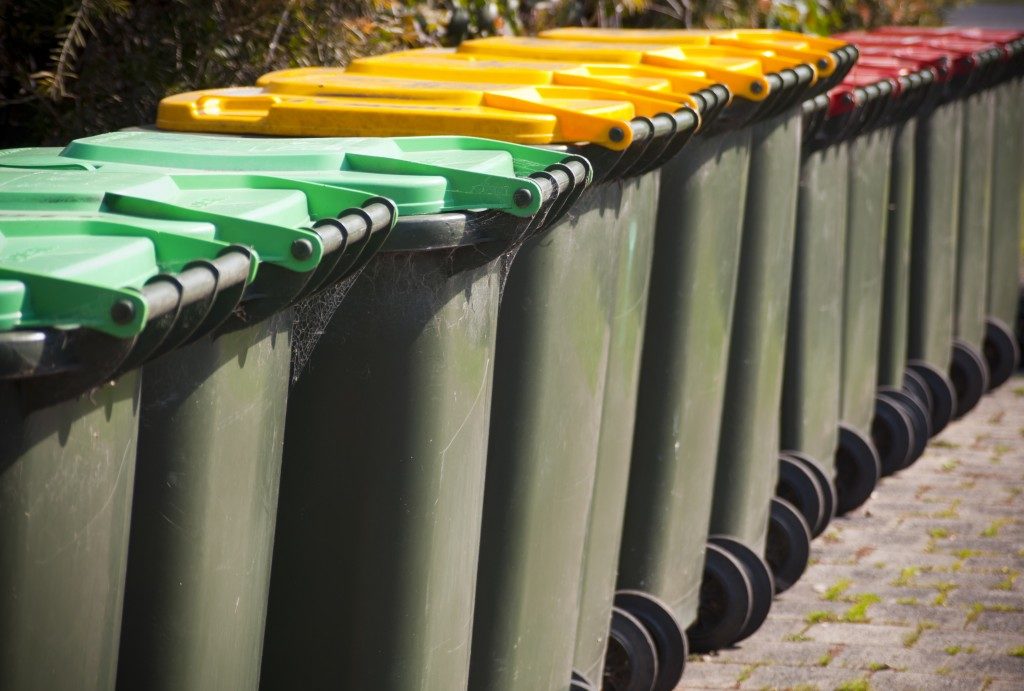The growing population has given rise to more and more construction. Unfortunately, now that we’re becoming more aware of the environment, we’re also seeing that the act of erecting homes and buildings is leaving a major impact on it. While we can’t avoid doing it altogether nowadays, we can, however, minimise the negative effects and bring in more positive ones. The following are a few of the green considerations that you can make.
Use of Eco-Friendly Materials
When we construct any sort of structure, we’re using up some of the earth’s resources to do so. For example, we get wood from trees, and we need water and some minerals to create cement. What you can do is to source your materials sustainably and make sure that the resources that you use up can be replenished. You can also use substances that can effectively blend into the terrain without causing it harm, as in the case of cardboard void forms.
Proper Planning
Before any structure is built, plans are drawn up so that they can become the bases. Aside from the plan for the building itself, you should also heavily consider the surrounding area. Will there be any adverse effects on the local ecosystem? You have to make sure that the process of construction will make minimal lasting changes to the landscape that the organisms will never recover from, if not none at all.
Minimising Waste

One of the causes of construction’s negative effects on the local ecosystem is the production and mismanagement of waste materials. They don’t just disrupt the wildlife, but they can also be a source of harm, as in the case of chemicals. Since this is the case, care should be taken to minimise these by-products, if not eliminate them altogether. An efficient disposal system, possibly run by a third-party company, would be helpful in reaching this goal.
Utilising Green Technology
Technology has been mostly developed in order to make building more efficient. Fortunately, it can also be used to minimise the negative impact that construction has on the local environment. It can be in the form of using green materials, waste management, as well as energy efficiency. Even if the choices can be a bit more expensive, the fact that you’ll help sustain the ecosystem for longer will have good returns to you in the long run.
Ensuring Sustainability
Ecological responsibility doesn’t stop with the construction itself. It has to go beyond that and into the daily use of the structure that you have built. This would mean making sure that anything electrical uses energy efficiently, the right amount of water is supplied, and ways for people to recycle or reuse resources in order to minimise waste are available and accessible. Invest in technology that will help the tenants achieve such.
Construction takes a great toll on the environment, but you can help soften the blow on it. Eco-friendly technology is there for you to use, so you might as well utilise what you can. Help make sure that there’s enough nature left for future generations to appreciate.